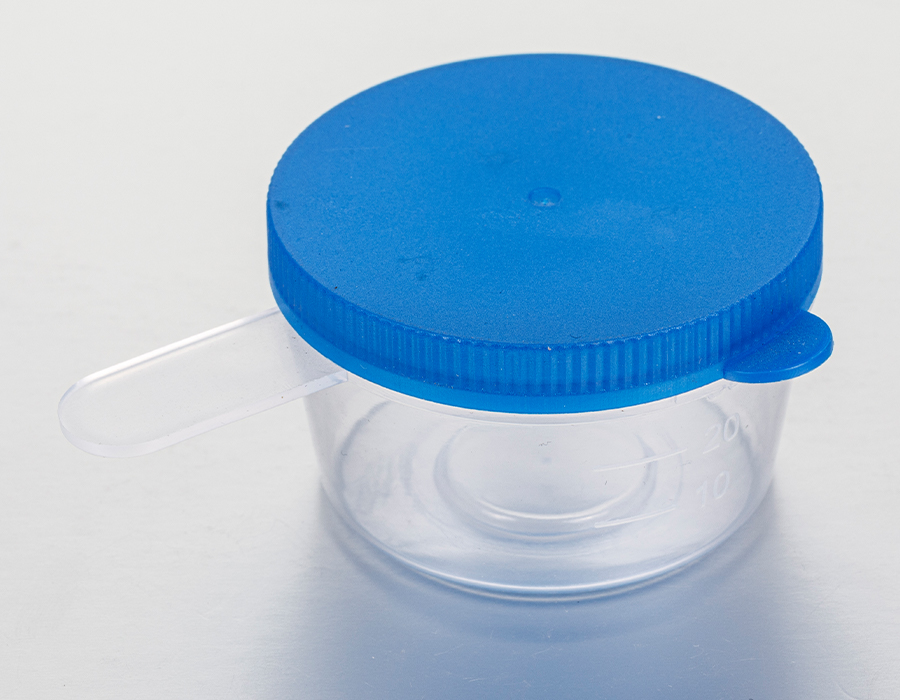1. Handling Collection Tubes with Care
Using aseptic techniques:
Aseptic techniques are vital in preventing contamination during specimen collection. It is crucial to use sterile gloves and clean, uncontaminated collection tools to handle collection tubes. Additionally, healthcare professionals should be well-trained in proper hand hygiene practices, including handwashing and the use of hand sanitizers.
Avoiding cross-contamination:
To prevent cross-contamination between different specimens, it is essential to handle collection tubes carefully. Each specimen should have a dedicated collection tube, and healthcare professionals should avoid touching the inside of the tube's cap or rim to minimize the risk of contamination.
Labeling and identification:
Properly labeling collection tubes is crucial for accurate specimen tracking and processing. Ensure that each collection tube is labeled correctly with the patient's identification information, such as name, date of birth, and unique identifiers. Accurate labeling prevents sample mix-ups and ensures proper identification throughout the testing process.
2. Appropriate Storage Conditions for Collection Tubes
Temperature control:
Most collection tubes require specific temperature conditions for optimal sample stability. It is crucial to understand the recommended storage temperature for each type of collection tube and ensure that they are stored accordingly. Some samples may require refrigeration, while others might need to be kept at room temperature or frozen. Maintaining the appropriate temperature ensures the stability of the sample and prevents degradation or alteration of analytes.
Protection from light:
Certain types of samples, such as those containing light-sensitive analytes, require protection from light. Amber-colored collection tubes or opaque containers should be used for such specimens to shield them from direct light exposure. Light-sensitive samples can undergo degradation or photochemical reactions if exposed to light, leading to inaccurate test results.
Secure storage and inventory management:
Proper storage facilities are crucial for maintaining the integrity of collection tubes. The storage area should be clean, well-organized, and secure to prevent any damage or contamination. Additionally, implementing an inventory management system helps track the expiration dates of collection tubes and ensures that the oldest tubes are used first to avoid any expired samples being tested.
Disposable Plastic Medical Patient Test Sample Cup Specimen Collector Urine Container

Disposable Plastic Medical Patient Test Sample Cup Specimen Collector Urine Container



 English
English Español
Español 中文简体
中文简体







